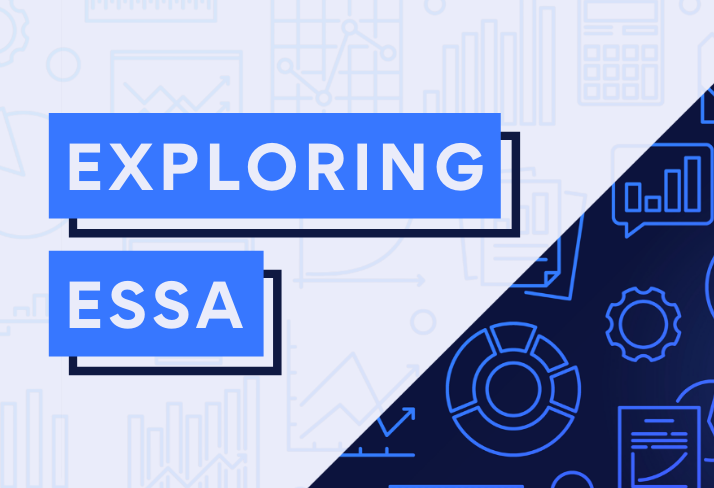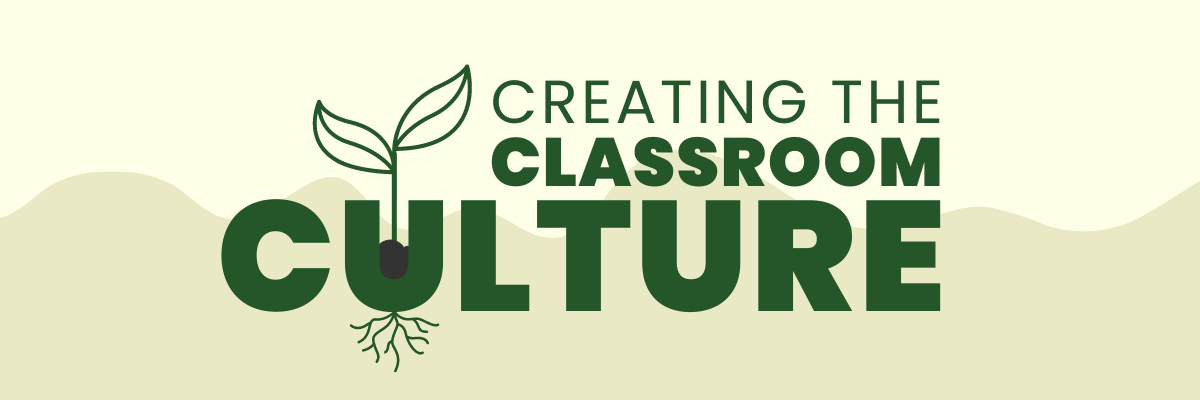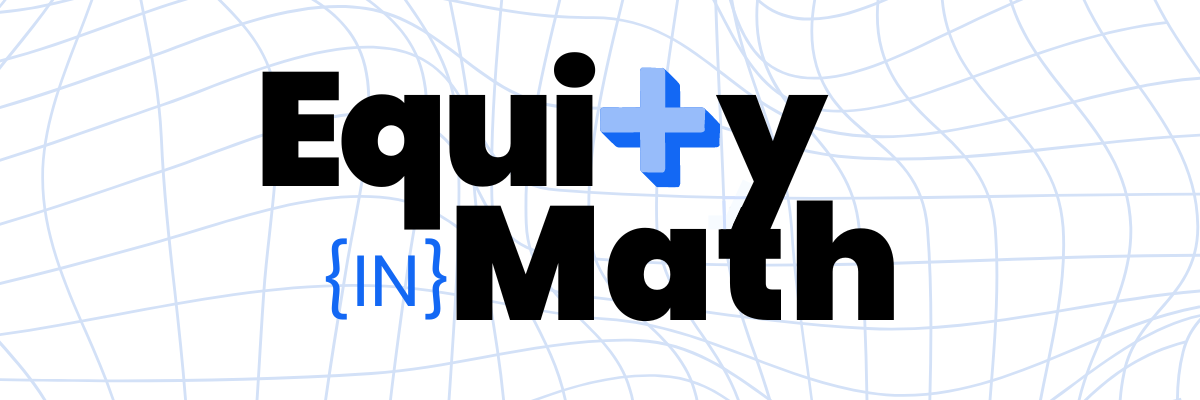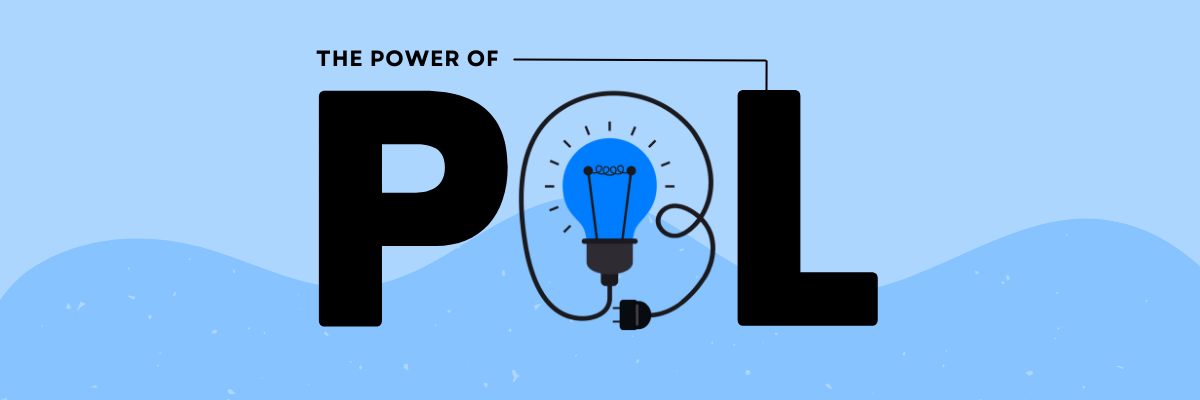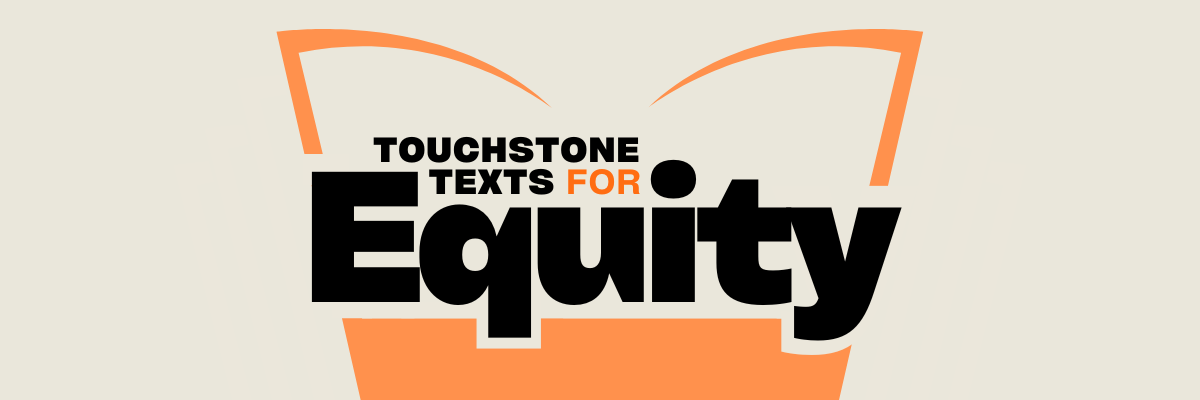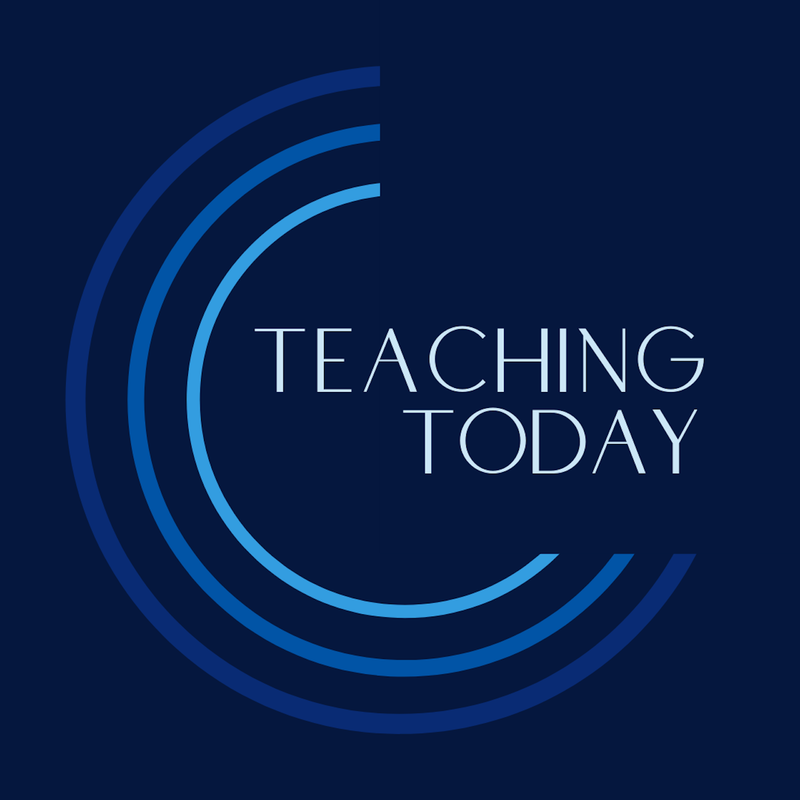|
Resetting instructional priorities in the absence of high-stakes tests.
Across the US, state tests are high-stakes exams that have become a driving force in educational policy, funding, accountability, curriculum development, and achievement for students, teachers, and school leaders.
No Child Left Behind and its counterpart, Race to the Top, were the national policies that dominated education spaces and shifted the focus from school and district autonomy to a culture of testing. While the Every Student Succeeds Act lessened some of the federal mandates on state testing programs, some individual states, like New York, have redoubled their efforts to use high-stakes assessment data as a way to evaluate education at every level. That is, until 2020 when COVID-19 systematically closed schools, reshaped instruction into hyper-customized blends of in-person and remote learning systems, and fundamentally prevented large groups of students from sitting in the same place, at the same time, to take a paper and pencil, fill-in-the-bubble test, like the generations of students who came before them. This might sound like an exaggeration, but it isn’t — in its 200-year history, 2020 was the first year in which state tests were canceled. Now that schools around the country are coming back in person almost exclusively, we're looking at a school year that will formally assess student performance for accountability for the first time in almost three years.
What will you teach?
For the past twenty years, rigorous high-stakes state tests have become the leading influence on curriculum development and instructional priorities for most public schools. These structures for accountability send a direct message to educators — the only knowledge that is important is the knowledge that aligns with the test. State tests are directly connected to the following evaluation and accountability processes:
Traditionally, almost the entire schooling experience, at every entry point, is connected to a test which reviews, monitors, and evaluates performance. Many schools have used this mandated external guidance as a way to vet their curriculum, solidify their unit and lesson plans, set the plan and pace for their instruction, and set specific goals for students. While, “you need to know this for the test” isn’t always a compelling reason for students to become interested in a specific topic, it has certainly been a driving force for teachers in the past. But without the guidance provided by the test, many educators were free to ask, what should I teach? After getting over the initial shock of the tests’ absence, many teachers developed thoughtful, dynamic, and innovative curriculums to capture their students’ interest in the content, even while learning through difficult times. As the exams come back into focus, are we at risk of losing this personalized curriculum in order to return to the kill and drill of test-driven instruction?
Shifting your approach
What should we be teaching, and who should decide? After two decades of test-informed planning and two years of freedom from exams, how do we decide on our next steps? It is my hope that we can use this as an opportunity to take an honest look at who gets to set the agenda for learning, and in doing so, acknowledge the reality that while oversight is absolutely necessary in education, high-stakes testing is limited, and limiting. We have to be able to move from simply valuing the test, to testing what we value in each subject area — and teachers and local school communities should have a say in what that looks like. Even as testing returns, there are three approaches to unit planning that we can use to frame instruction that is relevant, personalized to students' interests, and prepares them for future exams.
Considerations for policy makers
To our partners and colleagues who are decision-makers — big and small — we know you have a bird's-eye view of the now and the next. While we’re waiting, consider (or possibly reconsider) the enormous weight we’ve placed on a single day exam. Current policies give the test a monopoly on setting the values for an entire generation of students, and silence the voices of classroom teachers and school leaders who work directly with students on a daily basis. These educators have insight into what we could be valuing across fields, and how student progress and performance can be reflected to increase student achievement. We have a rare, once-in-a-lifetime opportunity to rethink the role of high-stakes tests and shift the structure of accountability to one that incorporates true multiple measures, embraces diverse learning needs, and reflects the population of students we’re serving.
Reflecting on our values and focusing our instruction on what will help students get engaged, stay engaged, and keep coming back day after day is where we should invest our time and energy. After what we've been through, our instruction should look different than it did before. We have a unique opportunity to apply our new skills, refine what we've designed, and return to “normal” a bit more evolved than when the pandemic began.
|
|
The Center for Professional Education of Teachers (CPET) at Teachers College, Columbia University is committed to making excellent and equitable education accessible worldwide. CPET unites theory and practice to promote transformational change. We design innovative projects, cultivate sustainable partnerships, and conduct research through direct and online services to youth and educators. Grounded in adult learning theories, our six core principles structure our customized approach and expand the capacities of educators around the world.
|
ABOUT US
525 West 120th Street, Box 182 New York, NY 10027 416 Zankel Ph: (212) 678-3161 [email protected] Our Team Career Opportunities |
RESOURCES
Professional Articles Ready-to-Use Resources Teaching Today Podcast Upcoming PD Opportunities |
COACHING SERVICES
Custom Coaching Global Learning Alliance Literacy Unbound New Teacher Network Student Press Initiative |



